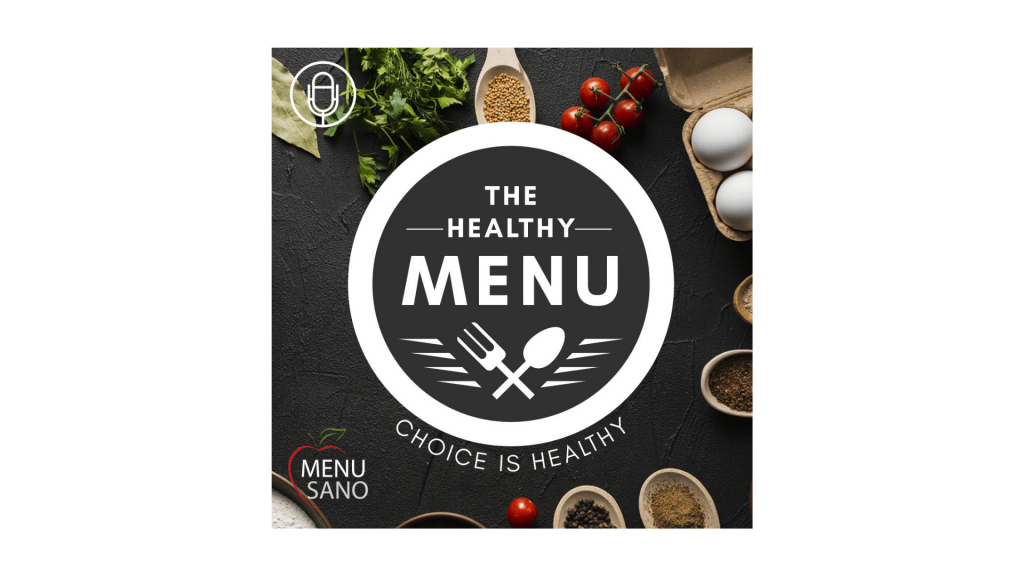On January 22nd, 2019, the Government of Ontario unveiled Canada’s new food guide. The guide was last revised in 2007 and after months of speculation about what the changes would entail, Health Minister Ginette Petitpas Taylor announced a total revamp of the guide’s physical design and new nutrition guidelines.
In the updated Food Guide, there’s no longer an emphasis on food groups and recommended servings. Instead, Health Canada recommends eating “plenty of vegetables and fruits, whole grain foods and protein foods” and to “choose protein foods that come from plants more often.” In addition, the guide urges Canadians to consume water as their drink of choice, citing that consuming foods or beverages with added sugars has been linked to an increased risk of weight gain, excess weight and Type 2 diabetes.
Health Canada talks about the guide being taught in schools and promoted by health professionals to support the goal of getting Canadians to eat well.
The guide will undeniably impact the way Canadians view nutrition and their subsequent eating habits, so how will this impact the food industry and restaurant businesses?

Interview Transcription
Sonia Couto created MenuSano because she wanted to revolutionize the way the food industry gets its nutrition information, and she understands the importance of embracing change.
M: A lot of people have a perception that the Canada Food Guide only affects consumers or that it doesn’t directly impact food service providers. Why do you think restaurant owners should care about these guidelines?
S: The reality is that people take suggestions from the food guide seriously. People care about what they’re eating and they want access to make healthy choices. In grocery stores, people have access to this information on food packages. The problem arises when they want to make informed decisions at restaurants but don’t have access to this information. People opted to cook at home instead of dining out because they want to know what’s in their food.
M: So it’s clear that catering to the needs of consumers who want access to this information is important. Do you think adding nutritional information can make the difference between attracting or deterring consumers?
S: The restaurant industry as a whole has evolved to cater to new consumers; there are new spaces for vegan, gluten-free, and healthy restaurants that cater to specific consumers. This niche is growing because people want to eat healthy; they want to know what’s in their food and they want to make informed decisions. Regular restaurants can benefit from this and open themselves up to a new market by catering to different demographics and providing healthy choices on their menu.
M: Changes are always happening in the food industry. How would you encourage restaurant owners or food service providers to embrace these changes?
S: Don’t be scared. Consumers and restaurants share a relationship where consumers trust that restaurants are providing them with excellent service. There’s a trust factor, and that consumers expect restaurants to be clean and that ingredients are handled with care. Providing nutrition information emphasizes this trust relationship. There’s already demand for this information; legislation has been introduced to ensure that restaurants provide this information to consumers. I encourage food service providers to provide this information. One suggestion would be to provide the nutrition information of several dishes at your restaurant and check if those particular dishes sell more. This test can reassure restaurants that there’s value to providing customers with healthy choices, and this opens up a new market for restaurants.
Read more: Nataly Alves from Silstar Foundation




















